Embedded Controllers: 80186, 80188, and 80386EXBarry B. Brey This is the first book that deals with the programming and interfacing aspects of the embedded microprocessor family that has gained wide application in many areas of electronics, communications, and control systems. The book uses the Microsoft Macro assembler program (MASM) that develops many example programming applications using not only the 80186/80188 and 80386EX, but all the Intel family members from the 80486 through the Pentium Pro processor and contains hundreds of applications that can be executed on the personal computer. Cocoa Design PatternsErik M. Buck, Donald A. Yacktman “Next time some kid shows up at my door asking for a code review, this is the book that I am going to throw at him.”
–Aaron Hillegass, founder of Big Nerd Ranch, Inc., and author of Cocoa Programming for Mac OS X
Unlocking the Secrets of Cocoa and Its Object-Oriented Frameworks
Mac and iPhone developers are often overwhelmed by the breadth and sophistication of the Cocoa frameworks. Although Cocoa is indeed huge, once you understand the object-oriented patterns it uses, you’ll find it remarkably elegant, consistent, and simple.
Cocoa Design Patterns begins with the mother of all patterns: the Model-View-Controller (MVC) pattern, which is central to all Mac and iPhone development. Encouraged, and in some cases enforced by Apple’s tools, it’s important to have a firm grasp of MVC right from the start.
The book’s midsection is a catalog of the essential design patterns you’ll encounter in Cocoa, including Fundamental patterns, such as enumerators, accessors, and two-stage creationPatterns that empower, such as singleton, delegates, and the responder chainPatterns that hide complexity, including bundles, class clusters, proxies and forwarding, and controllers
And that’s not all of them! Cocoa Design Patterns painstakingly isolates 28 design patterns, accompanied with real-world examples and sample code you can apply to your applications today. The book wraps up with coverage of Core Data models, AppKit views, and a chapter on Bindings and Controllers.
Cocoa Design Patterns clearly defines the problems each pattern solves with a foundation in Objective-C and the Cocoa frameworks and can be used by any Mac or iPhone developer. Fundamentals of Deep Learning: Designing Next-Generation Artificial Intelligence AlgorithmsNikhil Buduma With the reinvigoration of neural networks in the 2000s, deep learning has become an extremely active area of research that is paving the way for modern machine learning. This book uses exposition and examples to help you understand major concepts in this complicated field.
Large companies such as Google, Microsoft, and Facebook have taken notice, and are actively growing in-house deep learning teams. For the rest of us however, deep learning is still a pretty complex and difficult subject to grasp. If you have a basic understanding of what machine learning is, have familiarity with the Python programming language, and have some mathematical background with calculus, this book will help you get started. CoffeeScript: Accelerated JavaScript DevelopmentTrevor Burnham For 15 years, dynamic web content has been written in a single language: JavaScript. Now, for the first time, programmers have an alternative that doesn't add an extra layer of abstraction or require plugins. CoffeeScript provides all of JavaScript's functionality wrapped in a cleaner, more succinct syntax that encourages use of "the good parts" of the language.
CoffeeScript: Accelerated JavaScript Development is aimed at programmers who want to get a grip on this new language while improving their understanding of JavaScript. You'll learn about time-saving features like list comprehensions and splats, organize your code into modules with extensible classes, and get your feet wet with jQuery by building a fast-paced word game.
The book also introduces Node.js, the foremost server-side JavaScript environment. Node and CoffeeScript turn out to be a great match, allowing you to develop the front and back ends of a web application in the same language. With CoffeeScript in your toolkit, you can write great code anywhere. | Debug It!: Find, Repair, and Prevent Bugs in Your CodePaul Butcher, Butcher Paul If you develop software, sooner or later you're going to discover that it doesn't always behave as you intended. Working out why it's misbehaving can be hard. Sometimes very hard. Debug It! is here to help!
All bugs are different: there is no silver bullet. You've got to rely upon your intellect, intuition, detective skills and yes, even a little luck. But that doesn't mean that you're completely on your own-there is much you can learn from those who have gone before. This book distills decades of hard-won experience gained in the trenches of professional software development, giving you a head-start and arming you with the tools you need to get to the bottom of the problem, whatever you're faced with.
Whether you're writing Java or assembly language, targeting servers or embedded micro-controllers, using agile or traditional approaches, the same basic bug-fixing principles apply. From constructing software that is easy to debug (and incidentally less likely to contain bugs in the first place), through handling bug reports to rolling out your ultimate fix, we'll cover the entire life-cycle of a bug.
You'll learn about the empirical approach, which leverages your software's unique ability to show you what's really happening, the importance of finding a reliable and convenient means of reproducing a bug, and common pitfalls so you can avoid them. You'll see how to use commonly available tools to automatically detect problems before they're reported by customers and how to construct "transparent software" that provides access to critical information and internal state. Seven Concurrency Models in Seven Weeks: When Threads UnravelPaul Butcher Your software needs to leverage multiple cores, handle thousands of users and terabytes of data, and continue working in the face of both hardware and software failure. Concurrency and parallelism are the keys, and Seven Concurrency Models in Seven Weeks equips you for this new world. See how emerging technologies such as actors and functional programming address issues with traditional threads and locks development. Learn how to exploit the parallelism in your computer's GPU and leverage clusters of machines with MapReduce and Stream Processing. And do it all with the confidence that comes from using tools that help you write crystal clear, high-quality code.
This book will show you how to exploit different parallel architectures to improve your code's performance, scalability, and resilience. You'll learn about seven concurrency models: threads and locks, functional programming, separating identity and state, actors, sequential processes, data parallelism, and the lambda architecture.
Learn about the perils of traditional threads and locks programming and how to overcome them through careful design and by working with the standard library. See how actors enable software running on geographically distributed computers to collaborate, handle failure, and create systems that stay up 24/7/365. Understand why shared mutable state is the enemy of robust concurrent code, and see how functional programming together with technologies such as Software Transactional Memory (STM) and automatic parallelism help you tame it.
You'll learn about the untapped potential within every GPU and how GPGPU software can unleash it. You'll see how to use MapReduce to harness massive clusters to solve previously intractable problems, and how, in concert with Stream Processing, big data can be tamed.
With an understanding of the strengths and weaknesses of each of the different models and hardware architectures, you'll be empowered to tackle any problem with confidence.
What You Need:
The example code can be compiled and executed on *nix, OS X, or Windows. Instructions on how to download the supporting build systems are given in each chapter. Learning Cocoa with Objective-C: Developing for the Mac and iOS App StoresParis Buttfield-Addison, Jonathon Manning Get up to speed on Cocoa and Objective-C, and start developing applications on the iOS and OS X platforms. If you don’t have experience with Apple’s developer tools, no problem! From object-oriented programming to storing app data in iCloud, this book covers everything you need to build apps for the iPhone, iPad, and Mac.
You’ll learn how to work with the Xcode IDE, Objective-C’s Foundation library, and other developer tools such as Event Kit framework and Core Animation. Along the way, you’ll build example projects, including a simple Objective-C application, a custom view, a simple video player application, and an app that displays calendar events for the user. Learn the application life cycle on OS X and iOSWork with the user-interface system in Cocoa and Cocoa TouchUse AV Foundation to display video and audioBuild apps that let users create, edit, and work with documentsStore data locally with the file system, or on the network with iCloudDisplay lists or collections of data with table views and collection viewsInteract with the outside world with Core Location and Core MotionUse blocks and operation queues for multiprocessing Learning SwiftParis Buttfield-Addison, Jon Manning, Tim Nugent Get a thorough, hands-on exploration of Apple's Swift programming language. With this practical guide, you'll learn how to write Swift code and examine why this language works the way it does. You’ll build three complete apps, all tightly linked together: an iOS note-taking app, its OS X counterpart that uses iCloud to sync data, and an app for the Apple Watch that makes the user’s data available at a moment’s notice.
This book also explains how Swift works in the wider world, including how to use your apps with open-source frameworks, how to use extensions to help your app play nicely with other apps, and how to take the language beyond Apple’s domain with open-source Swift tools. Get started with Swift today and quickly learn how you can build on its foundations. Objective-C Recipes: A Problem-Solution ApproachMatthew Campbell Objective-C Recipes provides a problem solution approach for dealing with key aspects of Objective-C programming, ensuring you have the indispensable reference you need to successfully execute common programming tasks. You will see how to use the unique features of the Objective-C programming language, the helpful features of the Foundation framework, and the benefits of using Objective-J as an alternative. Solutions are available for a range of problems, including: Application development with XcodeWorking with strings, numbers and object collectionsUsing foundation classes like NSArray, NSString, NSData and moreDealing with threads, multi-core processing and asynchronous processingBuilding applications that take advantage of dates and timers and memory managementHow to use Objective-C on other platforms
Objective-C Recipes is an essential reference for every Objective-C programmer, and offers solutions in a concise and easy-to-follow manner. Matthew Campbell has trained over 800 new iOS developers at the Mobile App Mastery Institute and iOS Code Camp, and here brings his expertise to offer you the ability to use and exploit Objective-C to get the most out of all of your projects.
What you’ll learn What strings and arrays are, and how to use themHow to manage your data effectivelyHow to build and work with dictionaries, dates and times, timers and localizationHow to deal with threads, multi-core processing and asynchronous processingHow to utilize Cocoa and core frameworks for user interfaces and experience design and developmentHow to access and work with iOS SDK for iPhone and iPad apps design and developmentWho this book is for
This book is for iOS, OS X as well as general Objective-C language programmers and users who want straightforward methods to do essential programming tasks in Objective-C. Table of Contents 1. Application Development With XCode
2. Working With Strings And Numbers
3. Working With Object Collections
4. File System
5. Dates And Timers
6. Threads, Multi-Core Processing and Asynchronous Processing
7. Consuming Web Services
8. Memory Management
9. Dealing With Your Object Graph
10. Core Data
11. Using Objective-C On Other Platforms |
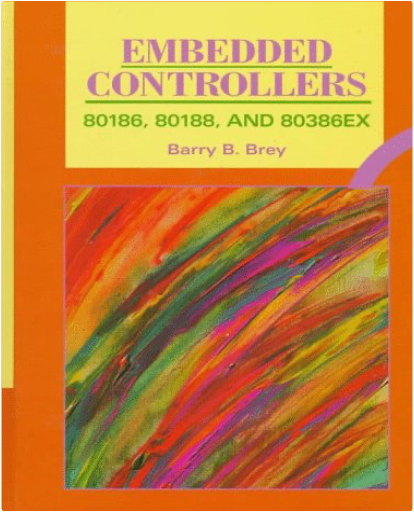
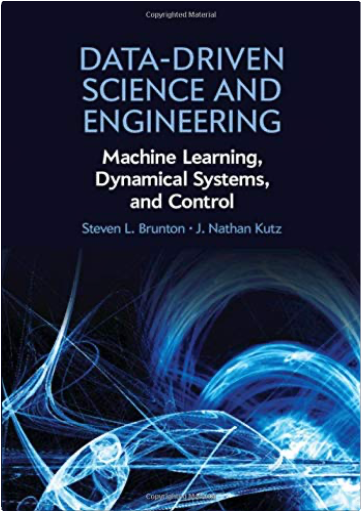
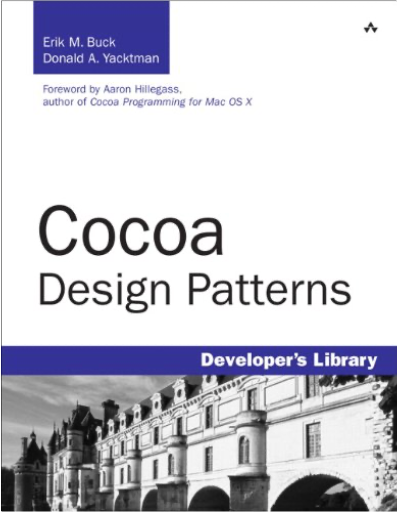
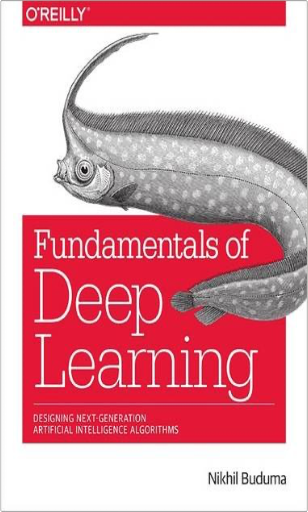
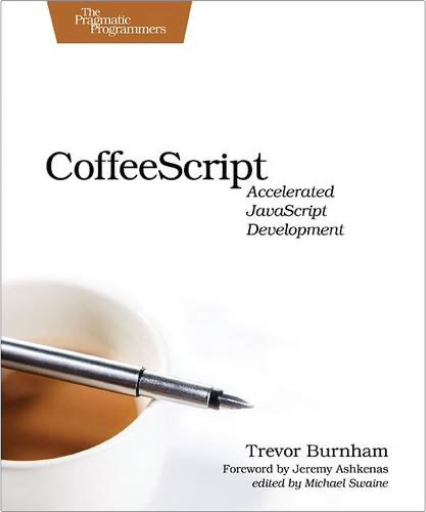
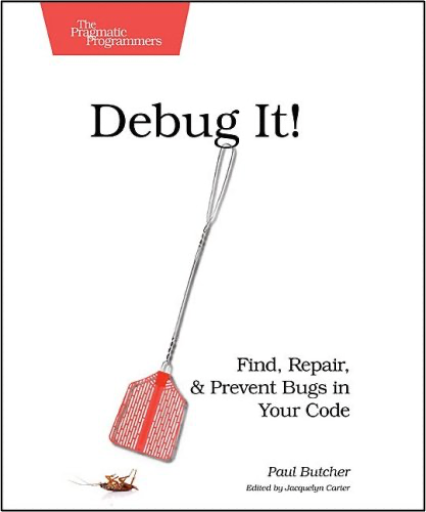
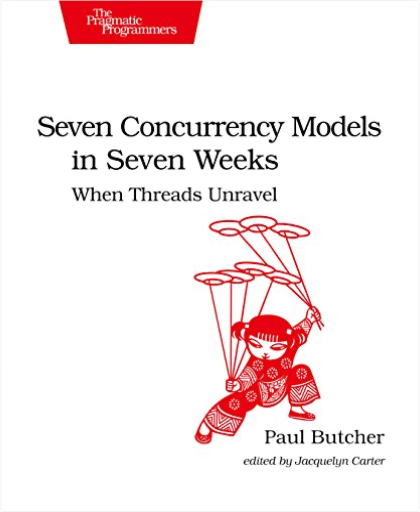

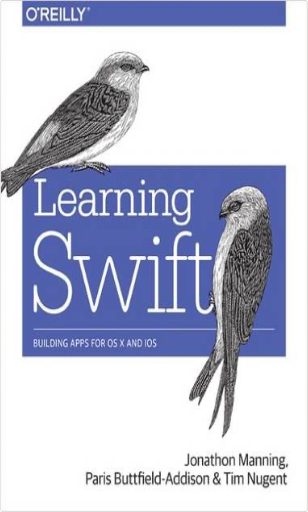
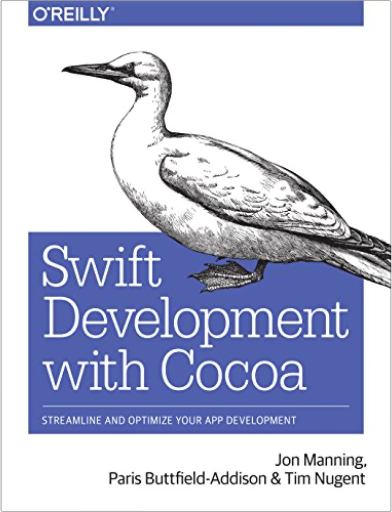
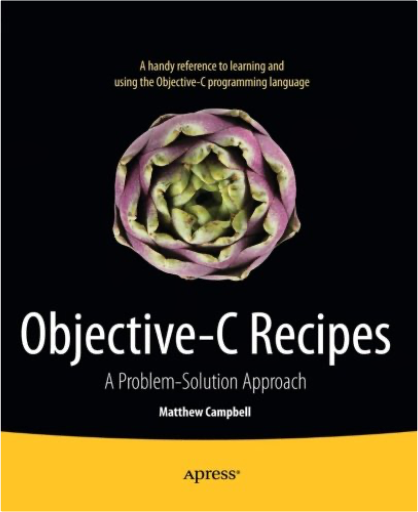





 Made with Delicious Library
Made with Delicious Library